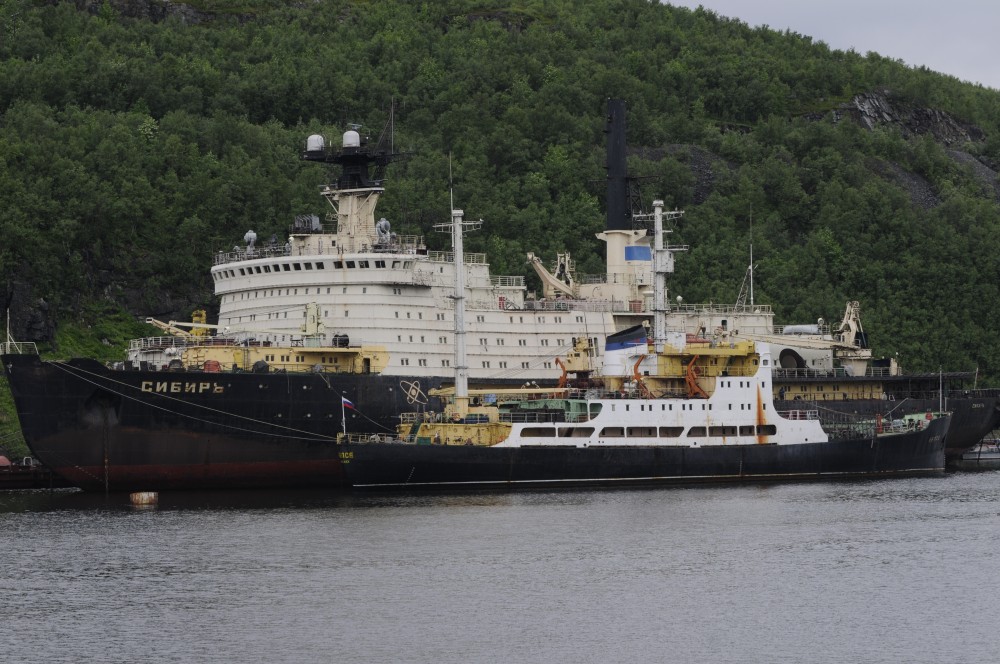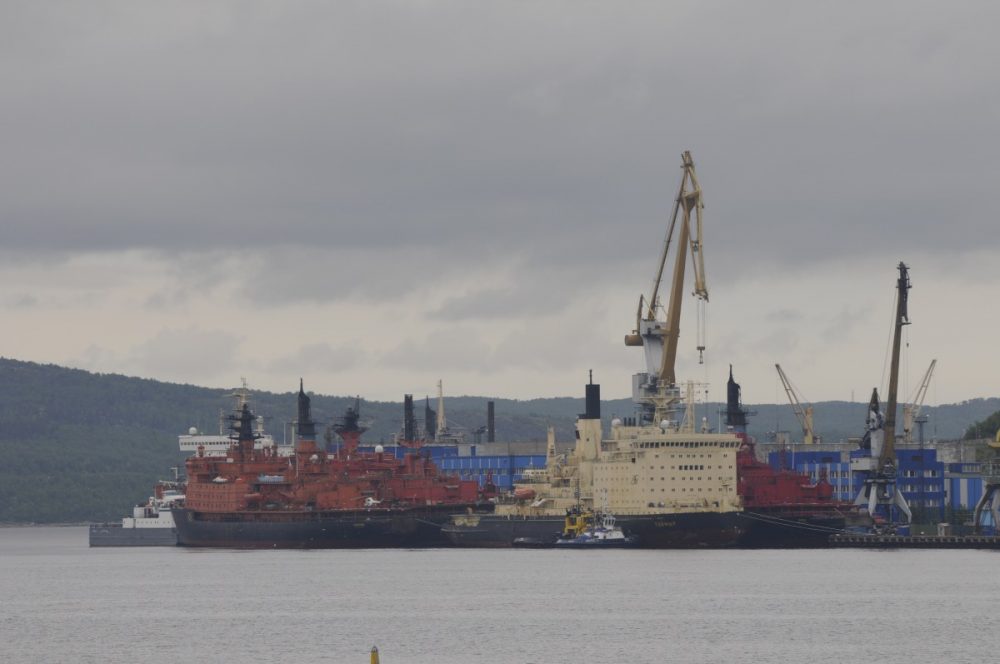Last voyage for Sibir

After being moored for 23 years, the nuclear powered icebreaker will be towed for final decommissioning.
The Sibir (Siberia) has been laid up since 1992 at Atomflot, the service base Russia’s fleet of civilian nuclear powered vessels north of Murmansk.
Originally put into service in 1977, the giant nuclear powered icebreaker served the Northern Sea Route from Murmansk to the Bering Strait for 15 years, the shortest operational period for any of Russia’s 10 civilian nuclear powered vessels.
The Sibir was taken out of operation because of a technical error in the vessel’s steam generator system. The spent nuclear fuel was taken out of the two onboard reactors a long time ago, but the entire reactor compartment has to be treated as solid radioactive waste.
Scrapping at Nerpa shipyard
The decommissioning work will take place at the Nerpa shipyard some 20 kilometers north of Murmansk in the Kola Bay. Nepra has decades of experience with decommissioning military nuclear powered submarines leftover from the Cold War. Most of the submarines are now properly cut up and their reactor compartments made safe and therefor Nerpa has capacity to start working on decommissioning the oldest vessels of the nuclear icebreaker fleet.
In addition to the Sibir, its sister vessels Rossiya, Arktika and Sovyetskiy Soyuz are all awaiting scrapping.
After decommissioning, the reactor compartment from the Sibir and other radioactive contaminated parts will be transported to the Saida Bay on the coast of the Kola Peninsula where Russia has a giant onshore storage site built with co-funding from Germany in support of ensuring nuclear safety.
Towing of the Sibir from Atomflot to Nerpa will take place by the end of October, Rosatomflot reports.
New Sibir icebreaker under construction
A new generation of nuclear powered icebreakers of the LK-60YA class are currently under construction at the Baltic shipyard in St. Petersburg. The first vessel, named Arktika is expected to be commissioned in 2018. The year after, the new Sibir will set sail towards Murmansk.

Related stories from around the North:
Canada: Closure of Canada’s only deep-water Arctic port ‘shocking’, Radio Canada International
China: China plans to sail nuclear in Arctic, The Independent Barents Observer
Iceland: Calls for action at Arctic shipping conference, Alaska Dispatch News
Norway: Arctic shipping – The myths, the realities & the challenges ahead, Eye on the Arctic
Russia: Korean shipping industry watching Northern Sea Route, The Independent Barents Observer
Sweden: Swedish icebreakers gear up for Arctic role, Radio Sweden
United States: Arctic no shipping rival to Suez: expert, Alaska Public Radio Network



